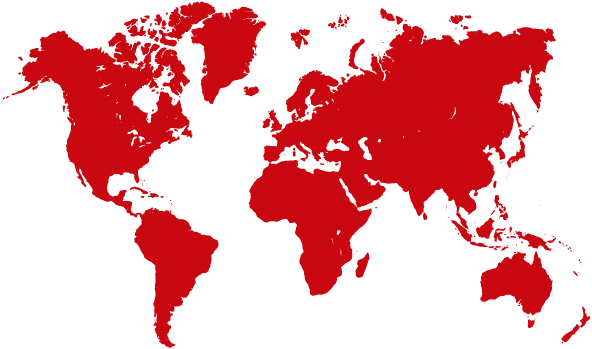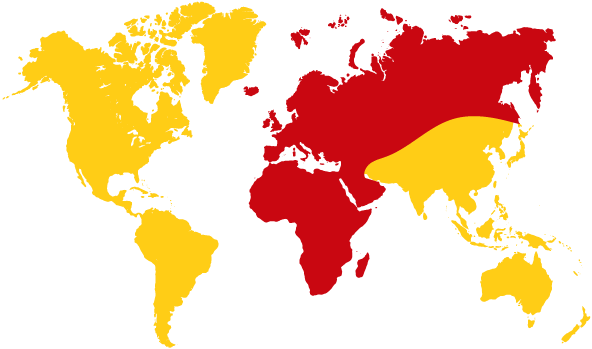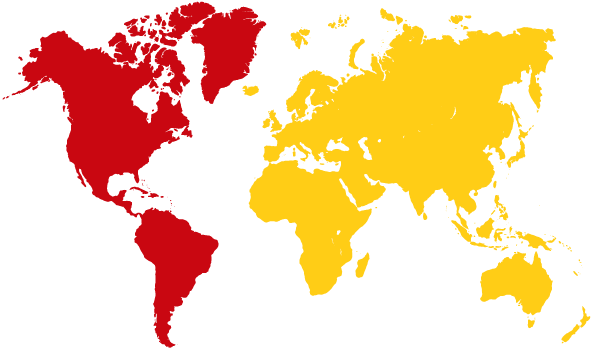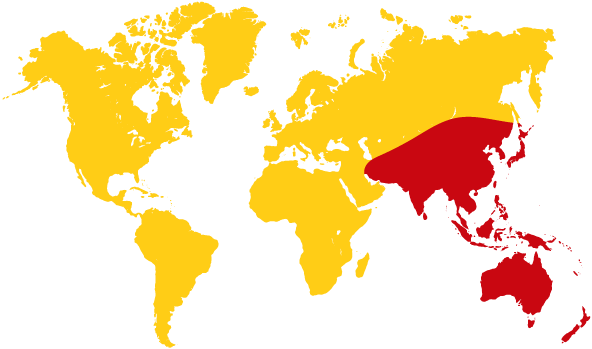In the ITU‑R Study Groups (July 2023):
ITU‑R WP5A is developing an ITU‑R Report M.[AMATEUR.CHARACTERISTICS]
ITU‑R WP5A is developing an ITU‑R Recommendation M.[AS_GUIDANCE]
ITU‑R has published ITU‑R Report M.2513 developed in WP4C
In November 2020 and May 2021 the IARU contributed material to WP5A on the applications and operational characteristics of the amateur and amateur satellite services in the 23cm band. This was accepted, supplemented with information from some regulators and formally delivered to WP4C for use in their coexistence studies. The material provides specific information relevant to the amateur use of the 23cm band and the relationship between the IARU global band plans and the relevant RNSS system frequencies. Now the studies in ITU‑R Report M.2513 have been published. At the most recent meeting of WP4C in June 2023 an IARU contribution was adopted as a revision to ITU‑R M.2513 (WP4C report here). The most recent meeting of ITU‑R WP5A took place in May 2023 (WP5A report here) and continued its part of the work with respect to Resolution 744.
ITU‑R WP5A continues to develop a draft Recommendation ITU‑R M.[AS_GUIDANCE] that seeks to provide guidance to regulators on how the potential for interference between the amateur services and the RNSS can be minimised. This is expected to have some impact on how the amateur services can use the band. A summary report from the last WP5A meeting is available here.
IARU Contribution to ITU‑R WP5A — November 2020
IARU Contribution to ITU‑R WP5A — May 2021
IARU Contribution to ITU‑R WP4C — September 2022
IARU Contribution to ITU‑R WP5A — November 2022
IARU Monte Carlo Interference Study — March 2023
IARU Contribution to ITU‑R WP5A — May 2023
IARU Contribution to ITU‑R WP4C — June 2023
A set of slides are available here that summarise the ITU‑R M.[AS_GUIDANCE] developments in WP5A.
In Region 1 (July 2023):
CEPT Working Group SE, project team SE40 is continuing similar coexistence studies although the focus in this case is on the EU/CEPT GALILEO RNSS systems. An ECC Report is being drafted containing studies similar to those being contributed to the ITU‑R activities. The IARU has provided 10 contributions based on the same information contributed to ITU‑R WP5A as well as suggesting a methodology for the coexistence studies.
Most recently the IARU provided a Monte Carlo statistical study to SE40 which has been incorporated into their draft report. This study underlines the IARU position that potential widespread and persistent interference to a population of RNSS receivers is unlikely. This work in SE40 is in effect “holding back” pending the outcome of the ITU‑R process.
This work in ITU‑R is being used to inform the CEPT preparatory process for WRC23 through the CEPT Conference Preparatory Group (CPG).
At the most recent meeting in May 2023 the CPG proposed to develop a European Common Proposal (ECP) to mandate the ITU‑R Recommendation ITU‑R M.[AS_GUIDANCE] in the Radio Regulations by reference at the WRC. Whilst the IARU has supported the development of the guidance recommendation (and continues to do so) it does not support the “incorporate by reference” action in CEPT.
Further detailed information on the latest CEPT work can be found through the CEPT web pages.
The IARU has a global WRC-23 AI9.1b “task-group” of volunteers reviewing and tracking the activity across all the regions.
September 2022 Review and Considerations:
As the WRC-23 approaches so the studies regarding AI9.1b (23cm and RNSS) are working towards conclusions. However the IARU is not content that all the operational aspects of the amateur service usage of the 1 240- 1 300 MHz band are being properly considered to develop an acceptable compromise for all concerned parties. Please read more details here in the paper below. This information is brought to the attention of all the amateur society VHF (and above) managers.
IARU Perspective on the AI9.1b Progress — September 2022



